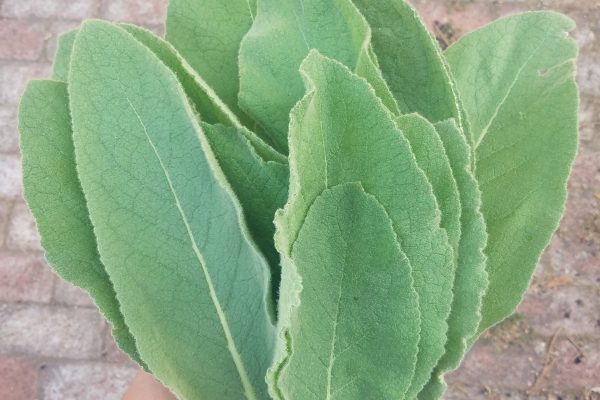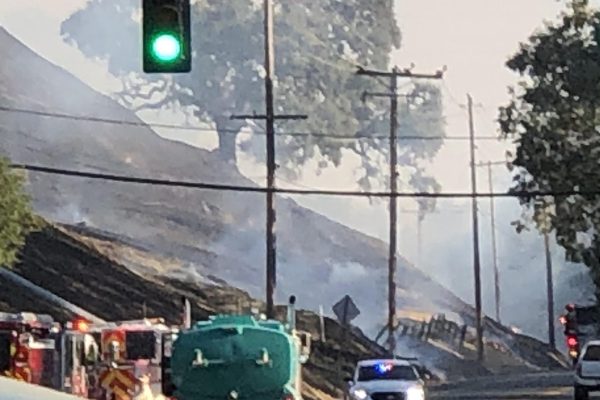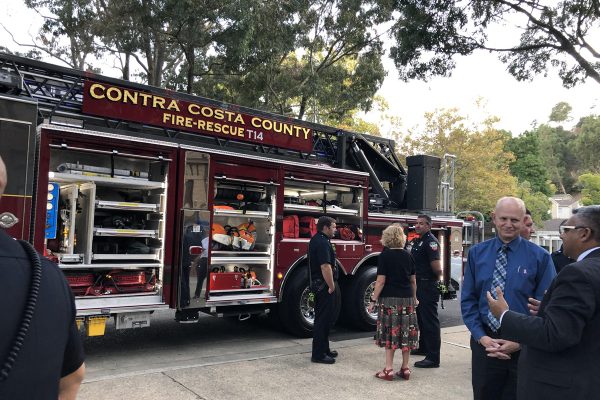An advisory published through the partnership of the Contra Costa County Fire Protection District and the Martinez Community Emergency Response Team have one fire season tip for acreage owners: “Prepare!”
California has had two devastating fire seasons two years in a row, and 2019 also is expected to be dangerous.
The 2017 fire season had been the state’s most destructive, with nearly 1.4 million acres burned, during 9,133 fires. Of those, five of the 20 most destructive wildland-urban fires in California history.
Those fires killed 43 people, two of whom were firefighters, more than in the past 10 years combined. More than 10,000 buildings were destroyed.
Then came 2018, which now stands as the deadliest and most destructive wildfire season on record.
Although there were fewer individual fires – 8,527 – they scorched nearly 1.9 million acres, the largest burned acreage recorded in a single fire season.
The 2018 fires killed 104 people, of which six were firefighters. The Camp Fire that swept through the city of Paradise killed at least 86 of those who died last year.
The Mendocino Complex Fire alone covered 459,000 acres, the largest complex fire in California history. Its Range Fire portion exceeded the Thomas Fire and Santiago Canyon Fire of 1889 to be the single-largest recorded wildfire.
By Aug. 4, 2018, the California wildfires were declared as a national disaster.
Statistics for both seasons have been furnished by the California Department of Forestry and Fire Protection (Cal Fire.)
Martinez was impacted by such poor air quality that schools were closed for a day, and many residents wore masks against the airborne particulates. Those driving past Mt. Diablo found its tall peaks obscured by smoke.
With its surrounding hillsides, Martinez is not immune to wildfires – it’s experienced several before.
And while weather forecasters acknowledge that the state received plenty of rain to fill reservoirs and quench thirsty hillsides, as well as provide a healthy snowpack, they have said wildfires are still likely.
According to predictions from Weather.com, a wet winter is good news in terms of keeping a drought at bay, the same can’t be said for wildfires.
Rains have encouraged the growth of vegetation that becomes fuel during dry summer months.
In fact, the National Interagency Fire Center has predicted this summer has plenty of potential for “significant wildfires.”
The Fire Center is predicting below-average chances in June and July because of the hefty snowfalls. But as summer continues, prospects for wildfires increase as grasses and other plants dry and die out from lack of moisture.
But the county’s fire protection district and Martinez CERT are issuing some advisories to help residents and those living outside the city get prepared for the next fire season.
First of all is weed abatement, the combined advisory said.
Those living on parcels five acres or smaller should keep weeds trimmed no higher than 3 inches tall. Weeds and grasses need to be mowed, with the cut materials mulched and scattered or raked up, bagged and removed from the area.
Another option is to disc the vegetation into the ground.
Some may need to remove combustibles – rubbish, cardboard boxes, pallets, wood chunks and other types of rubble. Areas may need repeated mowing, disking and trash removal during the fire season.
Larger parcels of more than five acres need 30-foot firebreaks and 15-foot crossbreaks that divide the land into five-acre sections.
Fencelines likely need hand mowing or trimming by weed eater, and if the ground is too steep for mowing by tractor, hand tools may need to be used. Like on smaller parcels, cut materials need to be mulched and scattered or removed.
Fuelbreaks are required on properties near roadways, and right of way areas must be kept cleared a minimum of 10 feet horizontally from the edge of the road paving and 13 feet 6 inches vertically.
Active pastures need 15-foot fuel breaks and crossbreaks if enough animals will keep grass height grazed to no more than 3 inches high through August. If that requirement can’t be met, the pastures must have 30-foot fuelbreaks and crossbreaks.
Fifteen-foot fuelbreaks are required in cropland that will be harvested in June, 30-foot breaks for land that will be harvested later. Orchards also must be maintained and litter from such trees as eucalyptus and conifers must be removed from the ground and stems and limbs must be removed within 10 feet of the ground.
Martinez CERT regularly offers free classes that help residents prepare for a variety of disasters. Participants learn about fire safety, light search and rescue techniues, team organization and other types of training in both classroom settings and through exercises.
Those who took the spring course will be able to participate in a joint disaster simulation exercise at 7 a.m. Saturday, May 18.
Continuing education classes in emergency communications also are available.
Those interested in CERT may visit its website, http://martinezcert.org/.



